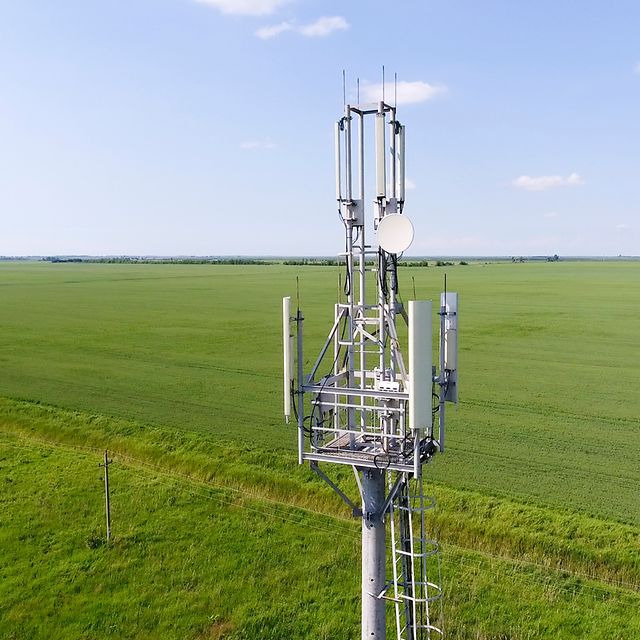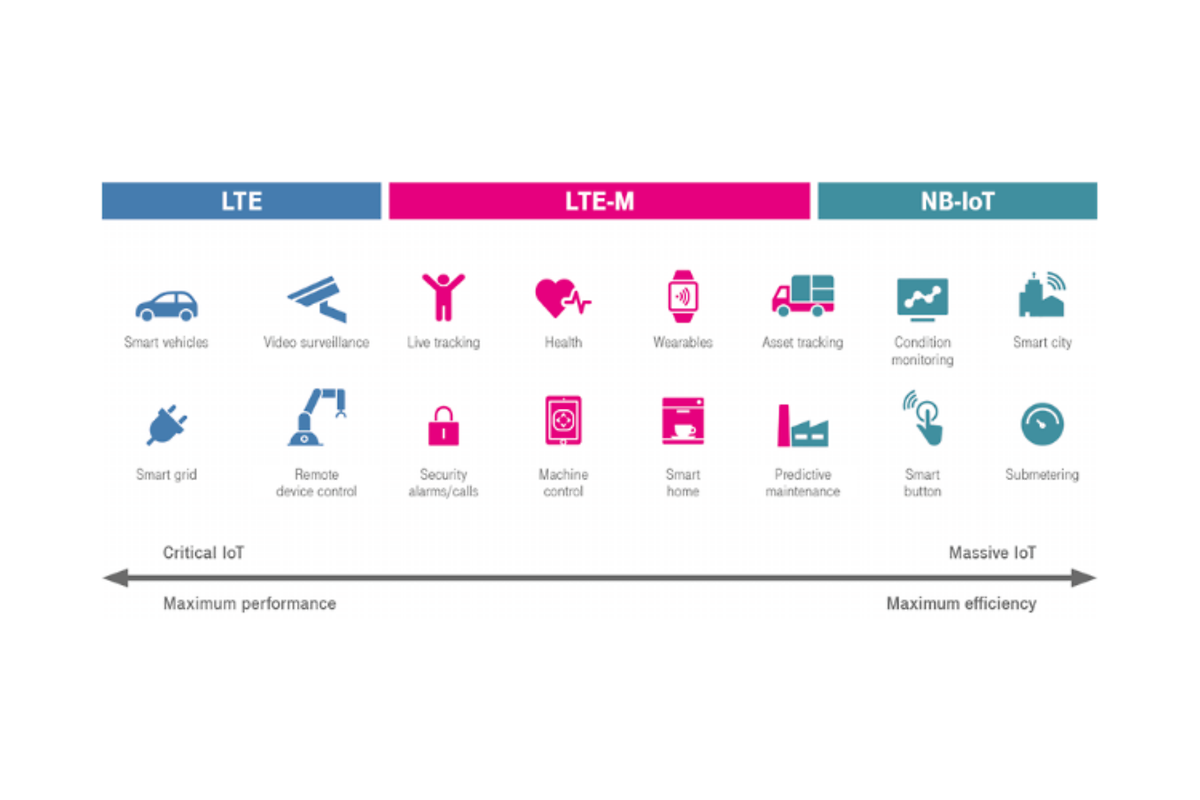As the name suggests, the low-energy long-distance networks are characterised by two main features:
Low energy consumption: Since IoT devices are often placed in hard-to-reach areas and operated autonomously for years, the energy efficiency of LPWAN is crucial for minimising maintenance and operating costs. LPWA network technology specialises in the occasional transmission and reception of small amounts of data. The corresponding radio modules therefore consume extremely little power. This has several advantages:
- Depending on the application, the modules can be operated maintenance-free for several years using a commercially available battery.
- Battery operation makes LPWAN devices independent of sockets and power grids - and therefore flexible to use, even for mobile applications such as tracking.
- No maintenance and low power consumption therefore also keep the overall operating costs low. The wireless modules themselves are also cost-effective, as they are comparatively simple in design.
- This cost advantage over LTE or 5G modules, for example, makes scaling more profitable: LPWAN is suitable for implementation on a large scale, for example in a smart city.
Long range: LPWAN technologies can cover a large area despite their low power consumption. The long range enables comprehensive network coverage with less infrastructure. In contrast to conventional wireless networks such as WLAN or Bluetooth, which are designed for short distances, LPWAN enables communication over kilometres. This is achieved by using low data rates, simple network architectures and efficient modulation methods.
One particular advantage over other technologies such as Wi-Fi or LTE is the strong building penetration. NarrowBand IoT stands out here in particular: an NB-IoT radio module transmits reliably even through thick basement walls or out of sewer pipes.



